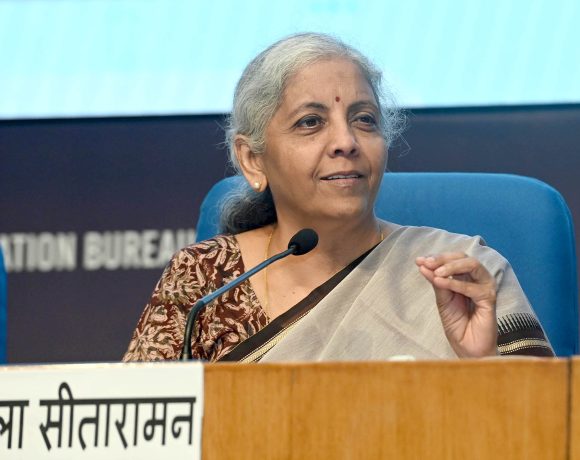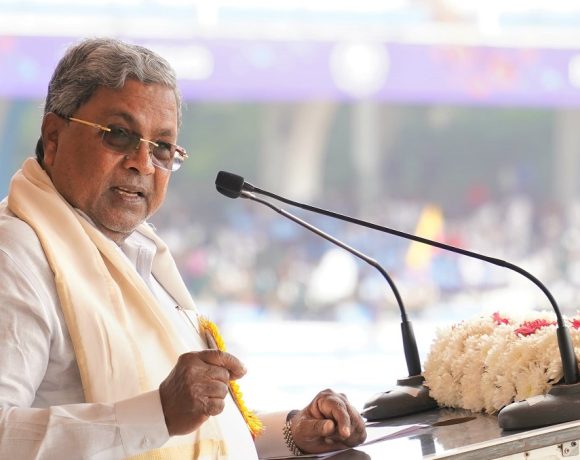
India’s forex reserves drop US$5.6 billion to US$689.73 billion as of Oct 31, 2025
India’s foreign exchange reserves fell by US $5.6 billion in the week ended October 31 2025, dropping to US $689.73 billion, the Reserve Bank of India (RBI) said on Friday.
This decline occurs after a previous week in which reserves had already slipped by about US $6.9 billion.
The fall was driven by a reduction in foreign currency assets (FCAs), the largest component of the reserves, which decreased by approximately US $1.96 billion to around US $564.59 billion. Gold reserves also fell by nearly US $3.81 billion to about US $101.73 billion. Special Drawing Rights (SDRs) dropped by about US $0.02 billion, while India’s reserve position with the International Monetary Fund (IMF) increased by US $0.164 billion to US $4.772 billion.
The decline in reserves comes amid broader global and domestic headwinds, including valuation changes of assets held abroad, currency fluctuations, and possible intervention by the RBI in foreign-exchange markets to stabilise the rupee. Analysts say that while the level of reserves remains substantial, the drop raises questions about the “import cover” — a measure of how many months of imports can be financed by reserves — and underscores the importance of continued vigilance in external stability.
Officials point out that intervention to smooth rupee volatility and maintain orderly market conditions can consume reserves even in the absence of large capital outflows. The RBI’s weekly statistical supplement shows these movements reflect not only asset sales but also changes in global prices and exchange rates of non-US holdings (such as euro, pound, yen) which are converted into US-dollar terms.
For India, maintaining ample reserves is critical for investor confidence, especially given the country’s external financing needs and growing current-account sensitivities. While nearly US $690 billion is still a large buffer by historic standards, the recent drop acts as a reminder of the fluid nature of external buffers and the need for structural measures such as export growth, foreign-investment inflows and prudent external debt management.
Looking ahead, the RBI is expected to continue monitoring currency markets, intervene when required, and update its reserve management strategy — including diversification of assets — so as to maintain an adequate external balance in an increasingly volatile global environment.


















